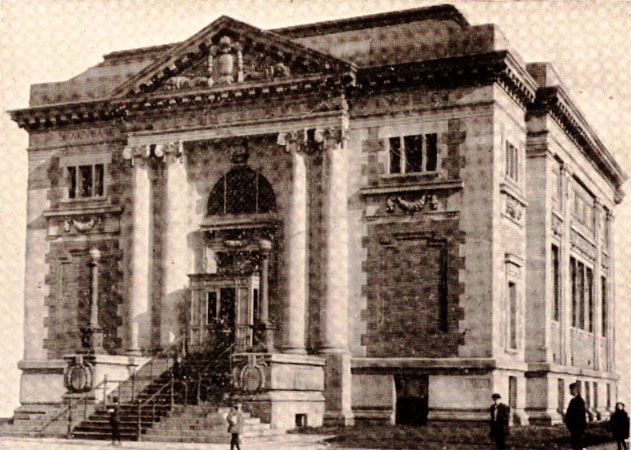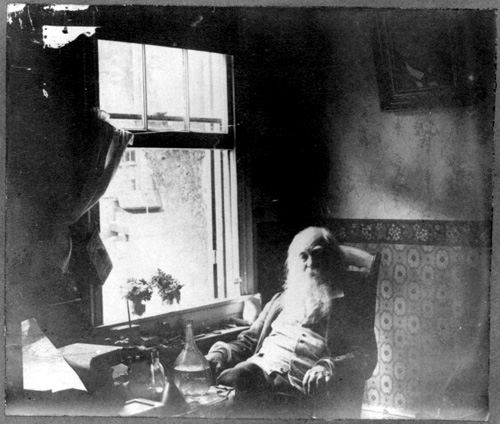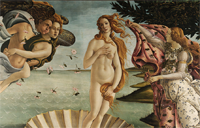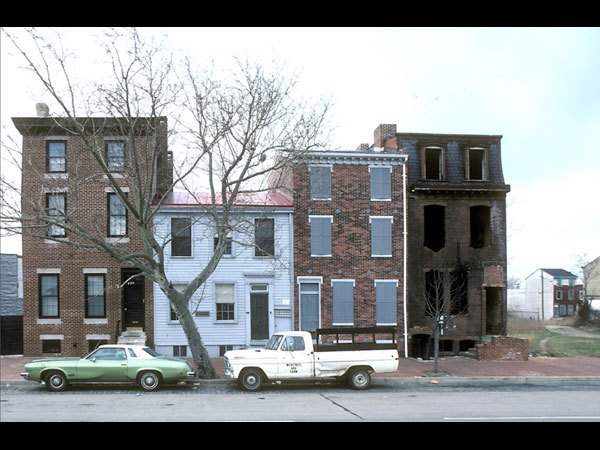Keith Alexander once quoted one of the first black mayors of a major American city as predicting that Camden, New Jersey, foreshadowed America’s future. That mayor was speaking as a “progressive”, of course, predicting bright things, not the irony of his statement.
SBPDL, 21 Jan 2018:
A Racial Lesson for Western Civilization: Built in 1905 when Camden was 100% White, the Carnegie Library Lays in Ruins in now 96% Non-White Camden
PK Note: Check out the latest Paul Kersey at VDare—thing is, we’re supposed to believe this Black Panther black power fantasy.
What becomes of White civilization - western civilization - when White people abandon what their ancestors created?
Camden, New Jersey tells us the tragic lesson, where a tree growing inside a long-abandoned library is symbolic of the desolation of western civilization once non-whites inherit what they had no hand in building.
What they are incapable of maintaining.
The roof is gone on the Carnegie Library in now 96% non-white Camden.
In 2018, Camden is nearly 96 percent non-white (49% Hispanic/ 42% black), requiring hundreds of millions of loans, grants, and aid from the taxpayers of New Jersey over the past decades to pay for services, employees, and infrastructure fixes the almost entirely non-white tax-base of the city can’t provide.
In 1900, the city was almost 100 percent White, a growing metropolis and a vital contributor to the American economy with an innovative business sector burgeoning. By 1940, Camden was 90 percent White and absolutely thriving.
But as the demographics slowly shifted, and White people abandoned the city, the quality of life regressed to the black (and brown) mean.
What better illustrates the demise of White civilization in Camden then the Camden Free Library Building, built in 1905 when the city was nearly 100 percent White? Andrew Carnegie donated $100,000 for the library, to help provide continued education and a citadel of knowledge to the individual White people who would collectively make Camden on of America’s most important industrial cities:
The Library Committee of City Council, on February 24th, adopted a resolution presented by Councilman Charles Ellis, formally accepting Andrew Carnegie’s offer of $100,000 for a public library in Camden. On April 28, 1903 the Free Library Trustees recommended the purchase of the Dialogue property, at Broadway and Line Street, 80 x 1600 feet, for the new Carnegie Library. The sum asked was $15,0900 and on November 4, 1903 the property was obtained for that sum.

Carnegie Library, 1914
A competition for the design of the new library was held, with several local architects, including Arthur Truscott, submitting designs. Coming in first place in this contest was the firm of Hale & Morse. Hale and Morse represented the partnership of architects ordinarily not associated with Philadelphia: Herbert D. Hale and Henry G. Morse, both of whom were better known in Boston and New York. Nonetheless, for a period in the early twentieth century the firm established an office in the Drexel Building in Philadelphia, and their projects, reported by the Philadelphia Real Estate Record and Builders Guide included several residential operations.
Camden Free Library Building, built with money donated by Andrew Carnegie, Broadway and Line Street, opened to the public on June 27, 1905. 7,000 books were on the shelves. The cost of the building was about $86,000. Carnegie’s donation eventually came to $120,000. It was Carnegie’s belief that universities and libraries were the most worthwhile areas to give donations, and he made major donations to over 2500 libraries across the country. The firm of J.E. and A.L Pennock built the two-storied, neoclassical library. It was finished with a pedimented entrance portico on the west façade. When there were no funds left to purchase furniture for the library, Andrew Carnegie donated a supplementary $20,000. The was housed at its original site for eighty-one years. In 1986, the library was set up in a larger building, leaving the original Camden Free Public Library empty. The building was placed on the National Register of Historic Places in October of 1992, and still stands as a symbol of the City of Camden as well as a symbol of the generosity of Andrew Carnegie.
Sadly in the years between 1986 and 2004 the Carnegie Library stood as a symbol of much that was wrong with Camden- physical decay, political inertia, and an indifference to both the heritage of the past and the need to instill a love of books and learning in Camden’s children. A few interested parties attempted to get government help in preserving the building, but met with little success.

Walt Whitman at his last residence, in Camden
When the Camden Free Library Building (also known as the Carnegie Library) was built in 1905, Camden was nearly 100 percent White. Designed to provide a sanctuary for conversing with the great White wordsmiths of the past, who in death still had much to tell the living through their tomes, the Carnegie Library was precious gift for posterity. For the benefit of not just maintaining, but advancing White civilization.
Today, in less than four percent White Camden, the building is abandoned, though on the ornate facade the names of great White authors (Chaucer, Irving, and Hawthorne) are inscribed, a visible reminder for the city’s almost entirely non-White population of just who the Carnegie Library was built for and whom was expected to help grow the community for centuries to come.
But in the span of a century, Camden went from nearly 100 percent white to, in 2018, almost less than four percent White.
Buildings, especially those built long ago, have a way of speaking for the dead.
Built when White people were not just optimistic about their future (and their posterities), but desirous to advance western civilization, the Carnegie Library in 2018 is derelict and in ruin, a visible reminder of the true theme running through H.P. Lovecraft‘s horror fiction; the consequences of racial degeneracy, amalgamation, and, worse, the inability of those watching it all unfold to confront the evil.
Reminders of the civilization White people long ago built in Camden are still visible, though the ruin, decay and their degradation is a visible indication of what happens to western civilization in the hands of non-whites.
In now 96% non-white Camden, America’s future as White people become a racial minority are on full display.

Posted by Walt Whitman's house on Thu, 25 Jan 2018 08:09 | #
Walt Whitman’s house in Camden, New Jersey, back in the day (it’s the two-story row house behind the carriage)
Here it is circa 1980
